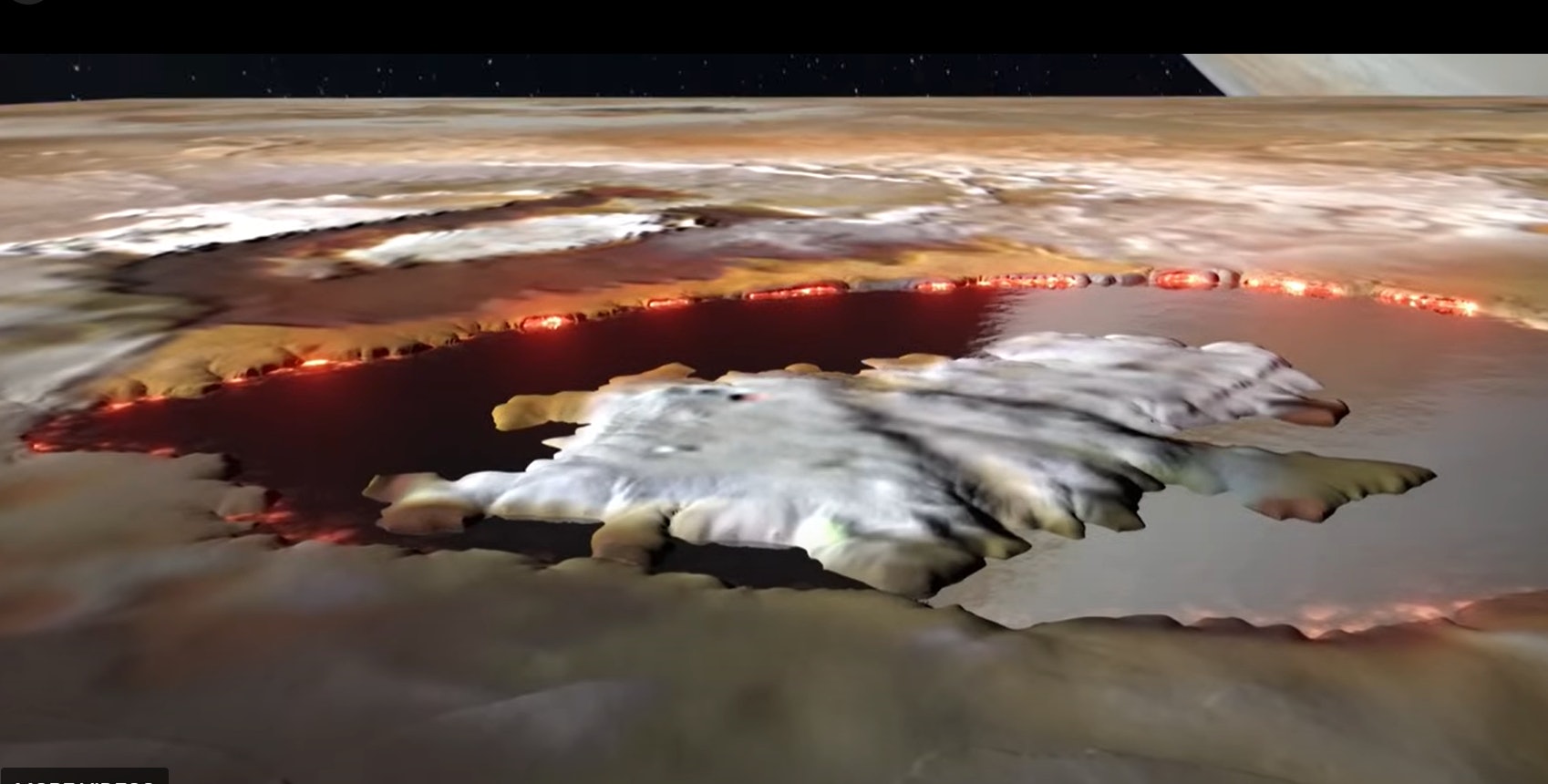Science
Related: About this forumNASA's Juno Spacecraft Stumbled On A Glistening Lava Lake On Jupiter's Moon Io
Loki Patera is like no place on Earth.
BY
KIONA SMITH
18 HOURS AGO

NASA’s Juno spacecraft recently spotted a glassy-smooth lava lake amid the volcanic hellscape of Jupiter’s moon Io.
When Juno’s orbit swooped past Io last December, its cameras captured a mirrorlike reflection from a small patch of the moon’s surface. The strangely shiny landmark turns out to be a lava lake, covered with a thin crust of smooth, gleaming volcanic rock. The rock was probably something like obsidian, a natural glass that forms from cooling magma here on Earth. Known as Loki Patera, the lava lake stretches 127 miles long and is dotted with rocky islands, and its edges glow with heat from the molten magma just beneath the surface.
Loki Patera isn’t the first lava lake scientists have spotted on Io; previous spacecraft, including Galileo (RIP) have also sent home images of similar features, but Juno’s pics are the clearest and most detailed. Based on Juno’s data, NASA created this animation of what a flight over Loki Patera might look like.
This is an artist’s illustration, based on the images from Juno; Juno captured a lot of detail, but not quite this much.
On Io, lava lakes like Loki Patera probably form when the ground over a magma reservoir sinks or collapses. Earth has similar features called calderas, which form when a volcano erupts and its top collapses inward because there’s less magma underneath to support it. Io’s paterae (the plural of patera) are similar to calderas on Earth and Mars, but they’re also different in ways that suggest they may form a little differently. A 2001 study, which used data from Galileo, suggested that tectonic movements may pull pieces of Io’s crust apart, leaving gaps that collapse and form paterae.
More:
https://www.inverse.com/science/nasas-juno-spacecraft-lava-lake-jupiters-moon-io